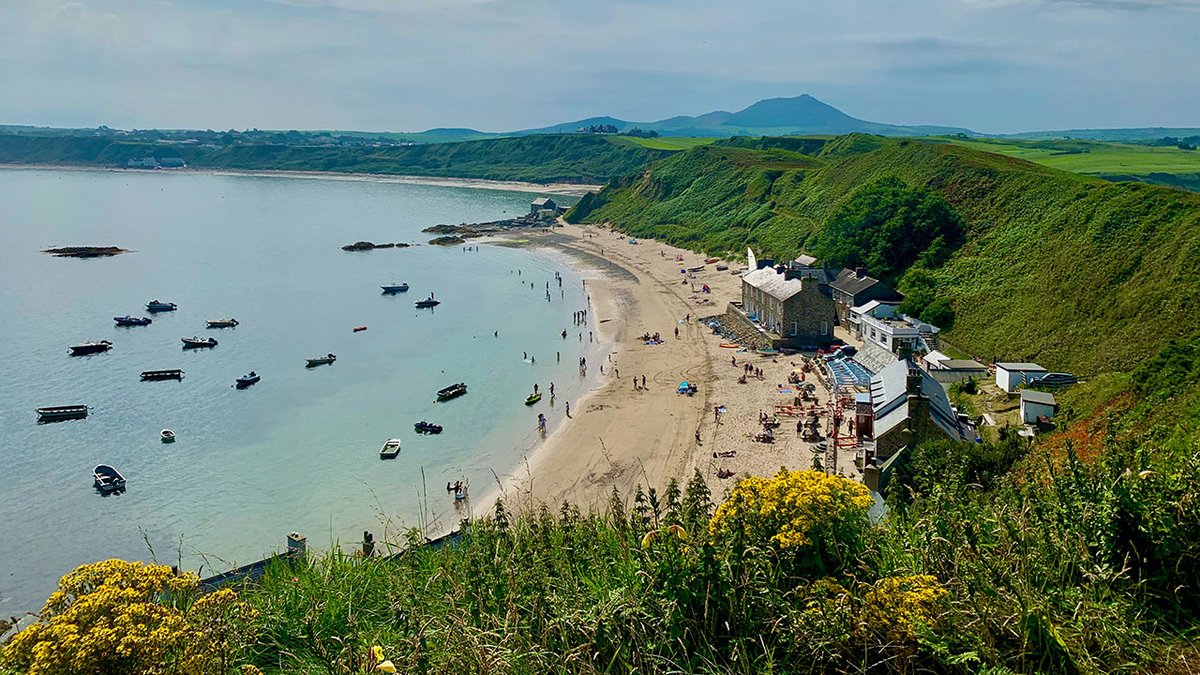
Watch the moment that dramatic cloud formations take over clear skies above the Magdalena Mountains in New Mexico.
Deep convective clouds can be several kilometres deep. They are formed by convection – where warm humid air rises up through cooler surrounding air.
#Weather
Deep convective clouds can be several kilometres deep. They are formed by convection – where warm humid air rises up through cooler surrounding air.
#Weather
Researchers captured the mesmerising time-lapse video as part of their four-week campaign to study deep convective clouds, called #DCMEX.
They are looking into how convective clouds form, and the effect climate change will have on them.
They are looking into how convective clouds form, and the effect climate change will have on them.
The images allow researchers to see different perspectives of cloud development before they are detected by radar.
“It’s very useful to be able to determine the cloud top height, and the overall motions of cloud turrets as they develop,” explains Prof Alan Blyth, @AtmosScience.
“It’s very useful to be able to determine the cloud top height, and the overall motions of cloud turrets as they develop,” explains Prof Alan Blyth, @AtmosScience.
Cloud photography has been used since the 1950s to help researchers study the atmosphere.
“In fact, I believe that the first time-lapse images of clouds were made over this same mountain range many years ago by Professor Brook at New Mexico Tech,” adds Prof Blyth, @AtmosScience.
“In fact, I believe that the first time-lapse images of clouds were made over this same mountain range many years ago by Professor Brook at New Mexico Tech,” adds Prof Blyth, @AtmosScience.
In addition to the stationary photography, researchers will collect samples of cloud aerosols and ice particles onboard @FAAM146, analyse observations from a network of radar, and process satellite imagery.
The #DCMEX project team involves @CloudSenseNERC, @AtmosScience, @MetOffice_Sci, @OfficialUoM, @UniversityLeeds, @UofOklahoma and @NewMexicoTech, with funding from @NERCScience.
• • •
Missing some Tweet in this thread? You can try to
force a refresh




